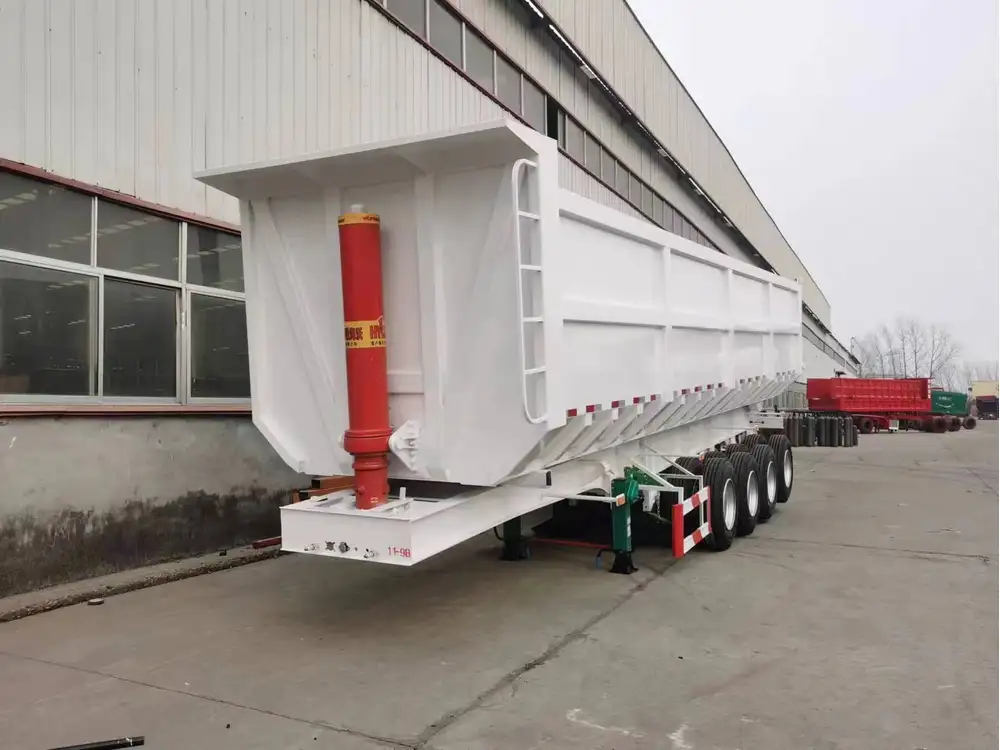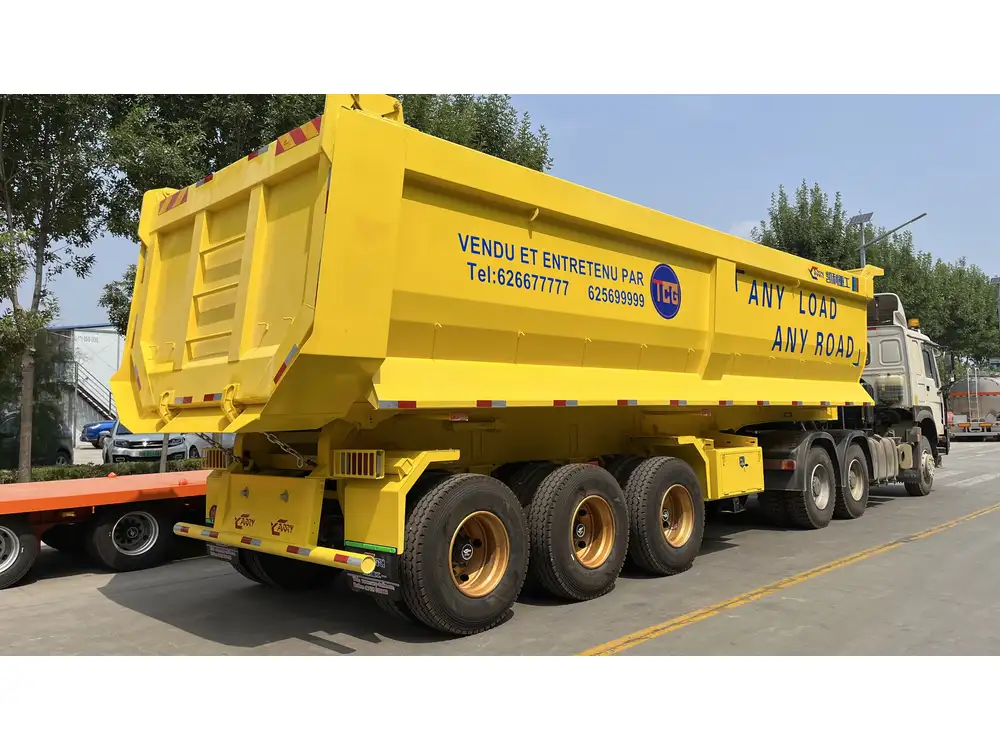Transporting cargo efficiently and safely hinges upon the precise calculation of aggregate weight on a flatbed trailer. Understanding this key measurement is crucial for regulation compliance, equipment functionality, and overall safety on the road. This comprehensive guide breaks down the calculation process into manageable components, ensuring that both novice and seasoned operators can navigate the complex landscape of cargo weight.
Understanding Aggregate Weight
Aggregate weight refers to the total mass of a load, including the cargo, the flatbed trailer itself, and any additional accessories. The calculation of this weight is imperative for ensuring that the vehicle remains compliant with legal weight limits imposed by authorities. Failing to respect these regulations can lead to severe penalties, including fines and vehicle impoundment.
Components of Aggregate Weight
To accurately assess aggregate weight, it’s essential to identify and understand its components:
| Component | Description |
|---|---|
| Cargo Weight | The weight of the goods being transported |
| Trailer Weight | The inherent weight of the flatbed trailer itself |
| Tow Vehicle Weight | The mass of the truck or vehicle pulling the trailer |
| Accessories Weight | The weight of any additional equipment (tarps, straps) |
By accurately adding together these weights, one can piece together the total aggregate weight.

Key Terms to Know
When venturing into the realm of aggregate weight calculation, familiarity with certain terms is beneficial:
- Gross Vehicle Weight (GVW): The total weight of the vehicle, including its load.
- Gross Axle Weight Rating (GAWR): The maximum weight that can be safely transferred through each axle.
- Payload Capacity: The maximum weight that a vehicle can carry beyond its own weight, which includes cargo.
Step-by-Step Guide to Calculating Aggregate Weight
Step 1: Gather Necessary Tools
Before embarking on the calculation, ensure you have the following tools:
- Scale: A calibrated weight scale is critical; truck stops often provide this service.
- Measuring Tape: Useful for determining the dimensions of the load.
- Calculator: To simplify weight addition and ensure accuracy.

Step 2: Weigh Your Flatbed Trailer
- Find a Certified Scale: Locate a certified public weighing station.
- Weigh the Trailer Alone: Drive onto the scale without any cargo to find the empty weight of your trailer, also known as the tare weight.
- Record the Weight: Note this weight for future reference.
Step 3: Weigh Your Cargo
- Load the Trailer: Carefully place your cargo onto the flatbed.
- Return to the Scale: Weigh the entire rig with the loaded cargo.
- Record Total Weight: This is your gross weight (GVW).
Step 4: Calculate Aggregate Weight
The formula for calculating aggregate weight is simple:
[ \text{Aggregate Weight} = \text{GVW} = \text{Trailer Weight} + \text{Cargo Weight} + \text{Accessories Weight} ]Identify Each Component:
- Use the tare weight from Step 2.
- Calculate the cargo weight:
Include Accessories Weight: If you have any additional equipment, weigh this using the same scale.

Example Calculation
Let’s consider a practical example for clearer understanding:
- Tare Weight of Flatbed Trailer: 3,000 lbs
- Gross Weight with Cargo: 10,000 lbs
- Accessories Weight: 200 lbs
Legal Weight Limits and Regulations
Understanding legal weight limits is paramount to avoid penalties and ensure safe transport. Regulations are set both federally and at the state level, with the Federal Highway Administration establishing standard limits:
Standard Gross Weight Limit
- Federal Limit: Generally set at 80,000 lbs for vehicles with five or more axles under U.S. law.
- State Variations: Each state may have its own maximum weight regulations, especially for specific types of trailers.

Axle Weight Limits
| Axle Count | Maximum Weight (lbs) |
|---|---|
| 2 | 34,000 |
| 3 | 42,000 |
| 4 | 48,000 |
| 5 | 54,000 |
Ensure that your aggregate weight does not exceed these limits to maintain compliance.
Strategies for Weight Distribution
Proper weight distribution on a flatbed trailer significantly impacts safety and vehicle performance. Here are strategic measures to manage weight effectively:
Center the Load: Position cargo to evenly distribute weight across the trailer.
Secure the Cargo: Utilize tie-downs and tarps to firmly hold cargo in place, minimizing movement during transit.
Monitor Axle Load: Regularly check axle weight to ensure no single axle carries excess weight beyond its rated GAWR.
Tools for Weight Management
Leveraging technology can enhance your ability to manage and calculate weight efficiently:
| Tool | Description |
|---|---|
| Onboard Scale Systems | Integrated scales that provide real-time weight readings. |
| Weight Distribution Aids | Devices that help maintain even weight distribution during loading. |
| Load Management Software | Application for tracking loads and weights digitally. |

Common Mistakes to Avoid
While calculating aggregate weight may seem straightforward, certain pitfalls can arise:
- Neglecting Accessories Weight: Always include accessories in the total weight calculation.
- Inaccurate Measurements: Use calibrated scales and avoid assumptions about weights.
- Ignoring State Regulations: Research local weight limits before departure to prevent violations.
Conclusion
The task of calculating aggregate weight on a flatbed trailer is undeniably critical, with implications that go far beyond mere numbers. It is essential for regulatory compliance, safety, and effective transportation logistics. By following the outlined steps, utilizing the proper tools, and adhering to guidelines, operators can navigate this process with precision and confidence. Equip yourself with knowledge, embrace regulatory standards, and transport your cargo with assurance.
Should you have additional questions or require clarification, our dedicated team is here to support you in mastering the art of flatbed transportation. Your success in the industry hinges on your knowledge and application of these essential calculations.



